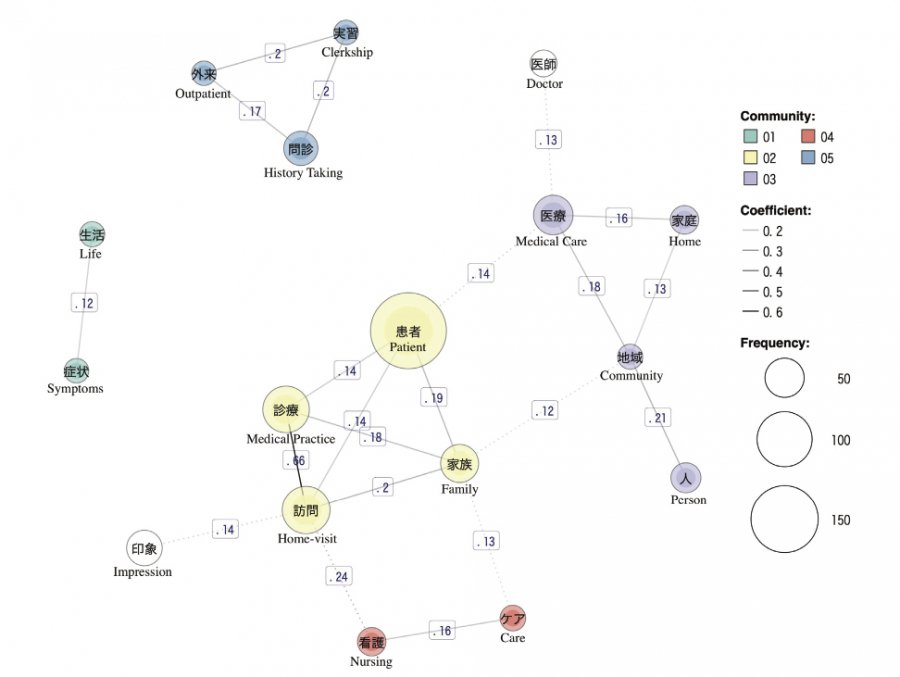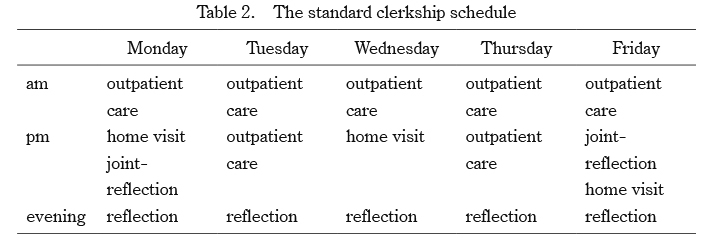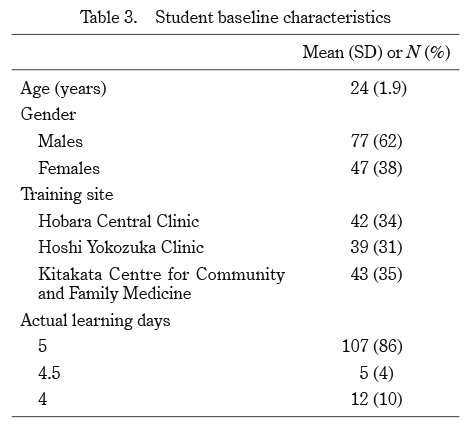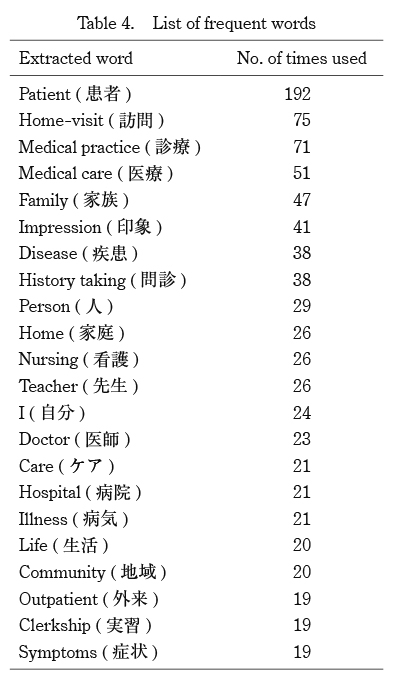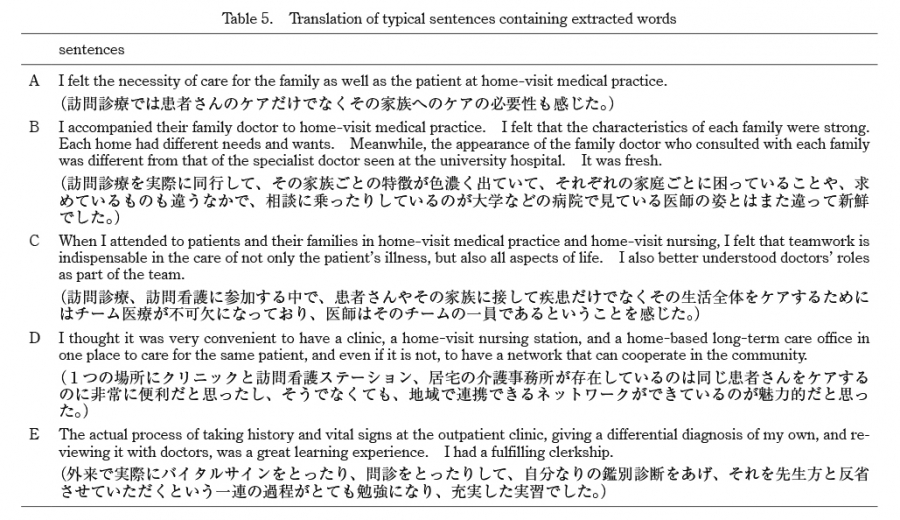1. World Organization of Family Doctors. The contribution of family medicine to improving health systems a guidebook from the World Organization of Family Doctors. 2nd ed. London:Radcliffe Publishing Ltd;2013.
2. World Health Organization. Transforming and scaling up health professionals’ education and training: WHO education guidelines 2013. Switzerland: World Health Organization;2013.
3. World Federation for Medical Education. WFME Global Standards for Quality Improvement:Basic Medical Education https://wfme.org/wp-content/uploads/2020/12/WFME-BME-Standards-2020-1.pdf [Accessed 2021 May 14].
4. Japan Accreditation Council for Medical Education. Basic Medical Education:Japanese Specifications WFME Global Standards for Quality Improvement Ver.2.33 https://www.jacme.or.jp/pdf/wfmf-jp_ver2.33.pdf (in Japanese) [Accessed 2021 May 14].
5. Brekke M, Carelli F, Zarbailov N, et al. Undergraduate medical education in general practice/family medicine throughout Europe—a descriptive study. BMC Med Educ, 13:157, 2013.
6. Nakamura K, Kanke S, Hoshi G, et al. Do family medicine clerkships complement clerkships at teaching hospitals in Japanese undergraduate medical education?:An observational study. Asia Pac Fam Med, 18(2), 2020.
7. Turkeshi E, Michels NR, Hendrickx K, Remmen R. Impact of family medicine clerkships in undergraduate medical education: a systematic review. BMJ Open, 5:e008265, 2015.
8. Park S, Khan NF, Hampshire M, et al. A BEME systematic review of UK undergraduate medical education in the general practice setting:BEME Guide No. 32. Med Teach, 37:611-630, 2015.
9. Medical Education Model Core Curriculum Coordination Committee and Medical Education Model Core Curriculum Expert Research Committee. Model Core Curriculum for Medical Education in Japan http://www.mext.go.jp/component/a_menu/education/detail/__icsFiles/afieldfile/2018/06/18/1325989_30.pdf. p. 27-30, 95. [Accessed 2021 May 14].
10. Charon R, Hermann N. A sense of story, or why teach reflective writing? Acad Med, 87(1):5-7, 2012.
11. Patton MQ. Enhancing the quality and credibility of qualitative analysis. Health Serv Res, 34(5 Pt 2):1189-1208, 1999.
12. Lebowitz A, Kotani K, Matsuyama Y, Matsumura M. Using text mining to analyze reflective essays from Japanese medical students after rural community placement. BMC Med Educ, 20:38, 2020.
13. Mane K, Börner K. Mapping topics and topic bursts in PNAS. Proc Natl Acad Sci USA, 101 (Suppl 1):5287-5290, 2004.
14. Higuchi K. Quantitative Text Analysis for Social Researchers:A Contribution to Content Analysis. Kyoto:Nakanishiya Publishing;2014. (in Japanese)
15. Okazaki F, Nakamura M, Fukushima O. What do medical students learn from home care practice? Medical Education (Japan), 43(5): 361-368, 2012. (in Japanese)
16. Moniz T, Arntfield S, Miller K, Lingard L, Watling C, Regehr G. Considerations in the use of reflective writing for student assessment:issues of reliability and validity. Med Educ, 49(9):901-908, 2015.

